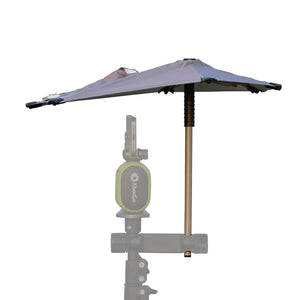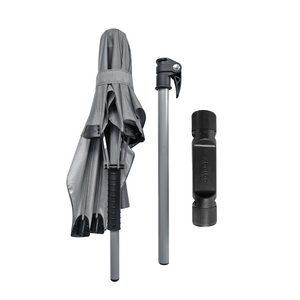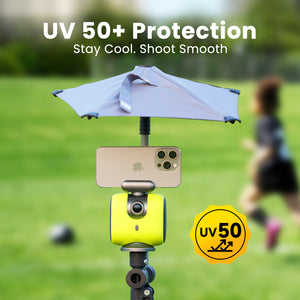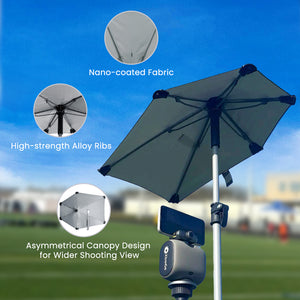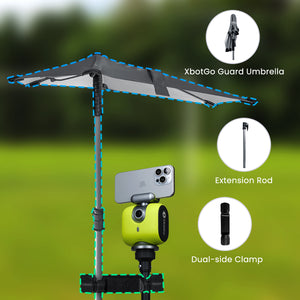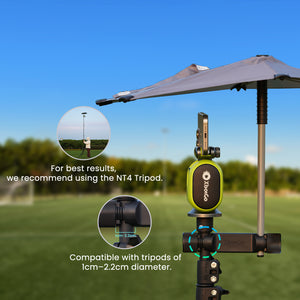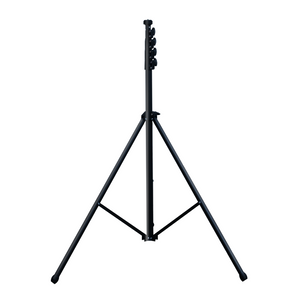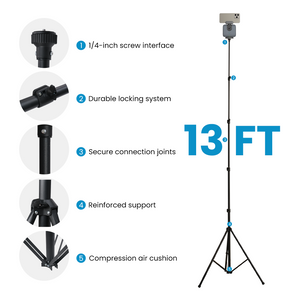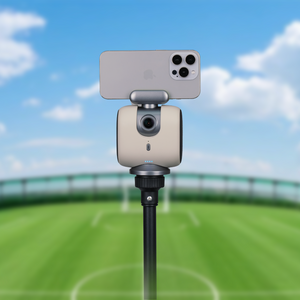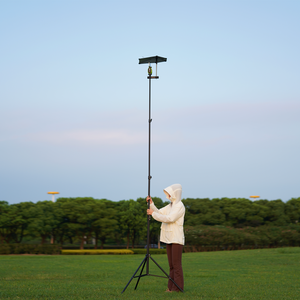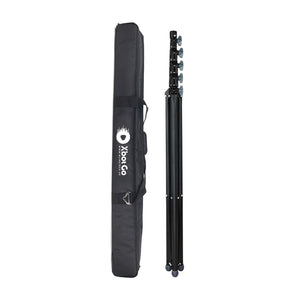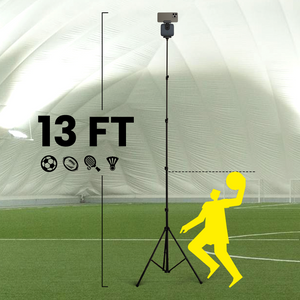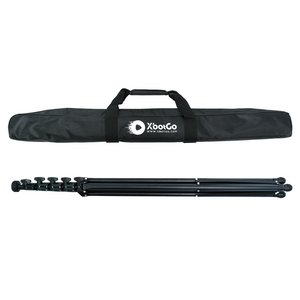XbotGo Chameleon AI Sports Camera
Hockey Rules 101: Everything You Should Know
Whether you're a parent watching your child's first game or a new fan trying to understand the excitement on ice, hockey can seem overwhelming at first. The speed, the whistles, the penalties—it all happens so fast! But once you grasp the fundamental rules, hockey transforms from confusion to pure excitement.
This guide breaks down hockey rules in plain English, focusing on what you'll actually see at games. We'll start with the absolute basics and build your knowledge step by step, so by the end, you'll understand not just what's happening, but why.
The Hockey Rink: Your Visual Map to Understanding the Game
Picture a hockey rink as a frozen battlefield with clear boundaries and zones. In North America, standard rinks measure 200 feet long by 85 feet wide (Olympic rinks are wider at 98.5 feet). The ice is divided by five key lines:
- Two goal lines (red) at each end
- Two blue lines creating three zones
- One center red line dividing the rink in half
These lines aren't just decoration—they're crucial for understanding offsides, icing, and where play can happen. Think of them as invisible walls that affect how players can move the puck.
The rink also features nine face-off dots: one at center ice, four in the neutral zone, and two in each defensive zone. When you hear a whistle, watch for players gathering at these dots—that's where play will restart.
Players on Ice: Understanding the Team Structure
Basic Team Composition
Each team fields six players: five skaters and one goaltender. Those five skaters typically include:
- Three forwards: One center and two wingers (left and right)
- Two defensemen: Left and right
Here's what makes hockey unique: teams use line changesevery 45-60 seconds. Unlike basketball where the same five might play extended minutes, hockey players sprint full-speed in short bursts. Teams usually have four forward lines and three defensive pairings, creating constant fresh legs on the ice.
The Goalie Pull Strategy
Late in close games, you might see something strange—a team playing without a goalie! When trailing by one or two goals, teams often "pull" their goaltender for a sixth skater. It's a calculated risk: more offensive power but an empty net to defend.
Core Rules Every Fan Should Know
What Makes a Goal?
A goal counts when the puck completely crosses the red goal line between the posts and under the crossbar. "Completely" is key—even 99% across doesn't count. Video review often checks these millimeter decisions in crucial moments.
Goals can be disallowed for several reasons:
- Kicked in with a distinct kicking motion
- Batted in with a hand
- High stick contact above the crossbar
- Goaltender interference
- After the whistle blows
Offside: The Blue Line Rule
Offside might be hockey's most misunderstood rule, but it's actually simple: the puck must cross the blue line before any attacking player.
Think of it like this: You can't have teammates camping out by the opponent's goal waiting for long passes (cherry-picking). Everyone must enter the attacking zone properly—puck first, then players.
If a player enters early, the linesman raises his arm for "delayed offside." The attacking team can "tag up" by having all players leave the zone, then re-enter legally. If they touch the puck while offside, play stops for a neutral zone face-off.
Icing: The Long Pass Rule
Icing prevents teams from simply launching the puck down the ice to waste time or relieve pressure. Here's when it's called:
- Player shoots from behind the center red line
- Puck crosses the opponent's goal line untouched
- Defending team reaches the puck first (in NHL, it's a race)
Exceptions: No icing when your team is shorthanded (killing a penalty) or if the goalie plays the puck.
The consequence? Face-off in the guilty team's defensive zone, and they cannot change lines—tired players must stay on ice.
Hand Pass: When You Can and Can't
Players can touch the puck with their hands, but the rules are specific:
- Can knock it down from the air to their own stick
- Can catch it but must immediately drop it
- Cannot close hand on the puck (2-minute penalty)
- Can only pass to a teammate in their defensive zone
In the neutral or offensive zones, hand passes result in a stoppage and face-off. Only goalies can catch and hold the puck—that's what the catching glove is for!
Penalties: Understanding the Advantage
Types of Penalties
Minor Penalties (2 minutes)
- Tripping, hooking, slashing, interference
- High-sticking, holding, delay of game
- Team plays shorthanded; penalty ends if opponent scores
Major Penalties (5 minutes)
- Fighting, checking from behind, boarding
- Team plays shorthanded entire 5 minutes regardless of goals
Misconduct Penalties (10 minutes)
- Player removed but team doesn't play shorthanded
- Usually for unsportsmanlike conduct or arguing with officials
Power Play vs. Penalty Kill
When a team has more players on ice due to opponent penalties, it's called a power play—your best chance to score with a man advantage. The penalized team is on a penalty kill, desperately defending until their player returns.
Some penalty scenarios:
- 5-on-4: Standard power play
- 5-on-3: Two-man advantage (maximum allowed)
- 4-on-4: Matching minors (both teams penalized)
- 4-on-3: Penalties during overtime
Game Flow and Timing
Period Structure
Hockey games consist of three 20-minute periods with 15-minute intermissions. The clock stops for:
- Goals
- Penalties
- Icing
- Offside
- Puck out of play
- Goalie freezing the puck
- Injuries
Teams switch ends each period, ensuring neither has a long-term advantage from ice conditions or fan proximity.
Overtime and Shootouts
Regular season overtime has evolved to increase excitement:
- 5-minute sudden death with 3-on-3 play
- More open ice creates scoring chances
- First goal wins
If still tied, a shootout follows:
- Three players per team attempt penalty shots
- Teams alternate shots
- If tied after three rounds, sudden death continues
- Winner gets 2 points, loser gets 1 (the "loser point")
Playoff overtime? Different story—continuous 20-minute sudden-death periods at 5-on-5 until someone scores.
Youth Hockey vs. Professional: Key Rule Differences
If you're watching your child play, expect several differences from NHL games:
Safety First
- Mandatory full face masks and mouthguards
- Neck protection required
- Stricter concussion protocols
- Zero tolerance for fighting (immediate ejection)
Game Modifications
- Shorter periods (usually 15-17 minutes)
- Running time in some leagues (clock doesn't stop)
- No body checking in younger divisions
- Automatic icing (no races to the puck)
- Different penalty lengths based on age
Positive Play Emphasis
- Mercy rules in some leagues (game ends if score differential too high)
- Equal ice time rules for developmental leagues
- Modified offside rules for beginners
Recording Games: What Parents Should Know
With the rise of sports technology and parents wanting to capture their child's games, it's important to understand recording restrictions. USA Hockey banned GoPros and similar devices mounted on players or inside the rink perimeter in 2014, citing safety concerns. Players wearing cameras risk equipment violation penalties.
However, parents can still record from the stands or mount cameras outside the glass. Many families now use AI-powered sports cameras that track action automatically from the sidelines—like the XbotGo system that follows play without requiring a camera operator. These sideline solutions comply with safety rules while capturing every moment of the game.
Common Situations Explained
"Why Did They Blow the Whistle?"
Puck frozen by goalie: When the goalie covers the puck with their glove or bodyPuck out of play: Over the glass or into the benchNet off moorings: Goal displaced from its positionPremature substitution: Too many men on iceHand pass: In neutral or offensive zoneHigh stick on puck: Played above shoulder height
"Why Didn't They Call That?"
"Finishing the check": Players can complete a hit even after the puck is passedIncidental contact: Not all collisions are penaltiesPlaying the puck: Defensemen can make contact while playing the puckBattle for position: Physical play along the boards is often allowed
Quick Reference: Penalties at a Glance
|
Penalty |
Duration |
What It Looks Like |
|
Tripping |
2 min |
Stick, knee, or foot takes down opponent |
|
Hooking |
2 min |
Stick hooks opponent's body/hands |
|
Slashing |
2 min |
Stick swings at opponent |
|
High-sticking |
2-4 min |
Stick contacts opponent above shoulders |
|
Interference |
2 min |
Impeding player without puck |
|
Boarding |
2-5 min |
Violent check into boards |
|
Fighting |
5 min |
Dropping gloves, throwing punches |
|
Delay of Game |
2 min |
Shooting puck over glass from defensive zone |
Making Sense of the Chaos
Hockey's beauty lies in its controlled chaos. Yes, it's fast. Yes, things happen quickly. But now you understand the structure beneath the speed:
- Zones control player movement
- Lines determine legal plays
- Penalties create advantages
- Face-offs restart action fairly
- Periods provide natural breaks
Most importantly, remember that every rule exists for a reason—usually player safety or game flow. Offside prevents cherry-picking. Icing stops time-wasting. Penalties discourage dangerous play.
Your Next Steps
Armed with this knowledge, you're ready to enjoy hockey at a deeper level. Here's how to continue learning:
- Watch with purpose: Pick one rule per game to focus on
- Ask questions: Fellow fans love explaining the sport
- Notice patterns: Power plays, line changes, defensive strategies
- Enjoy the energy: Understanding enhances enjoyment
Whether you're cheering for your child or discovering professional hockey, you now have the foundation to appreciate this incredible sport. The speed that once seemed chaotic will start revealing its patterns. The whistles that seemed random will make sense.
Welcome to the hockey community—where winter's greatest game comes alive through understanding, excitement, and a shared love for the sport on ice.
XbotGo Chameleon AI Sports Camera
Capture every moment with AI-powered tracking. Perfect for coaches, parents, and athletes who want seamless footage without manual filming.







 Soccer
Soccer Basketball
Basketball Ice Hockey
Ice Hockey Rugby
Rugby










